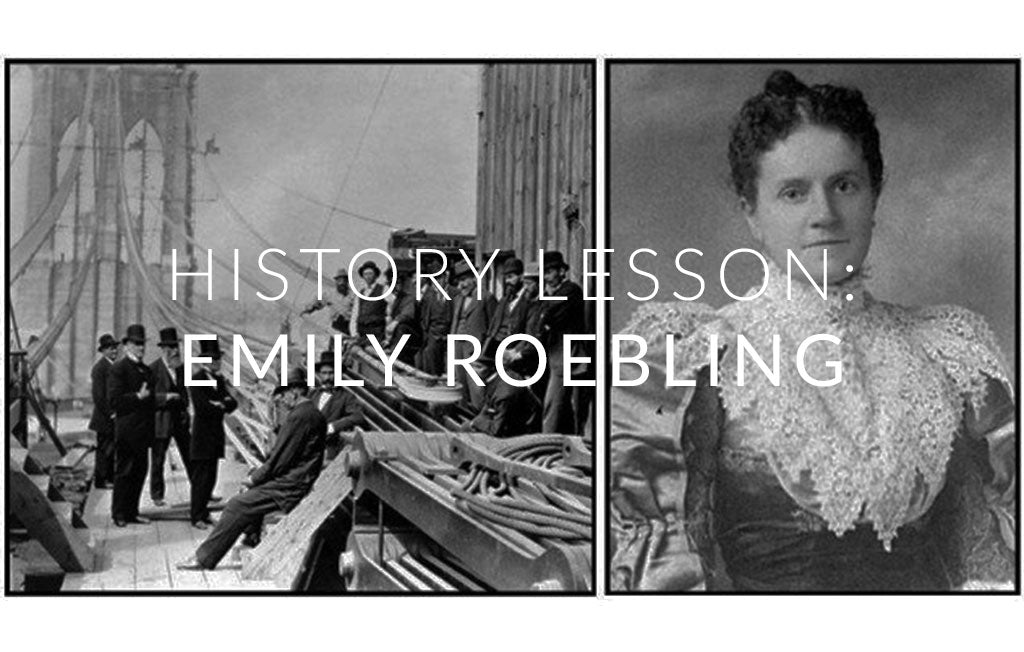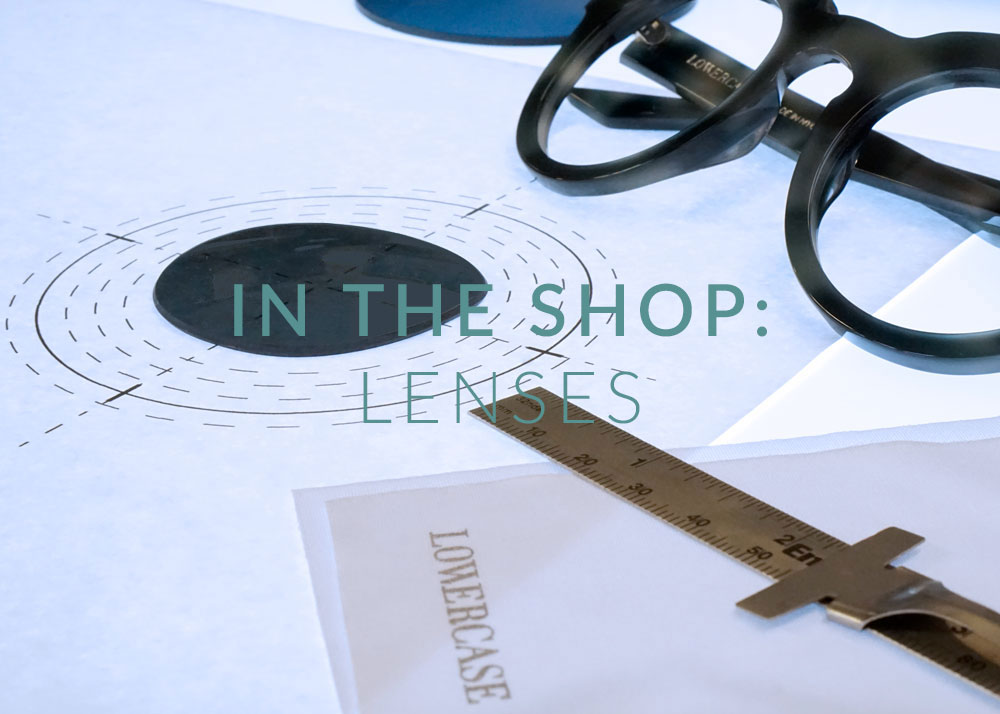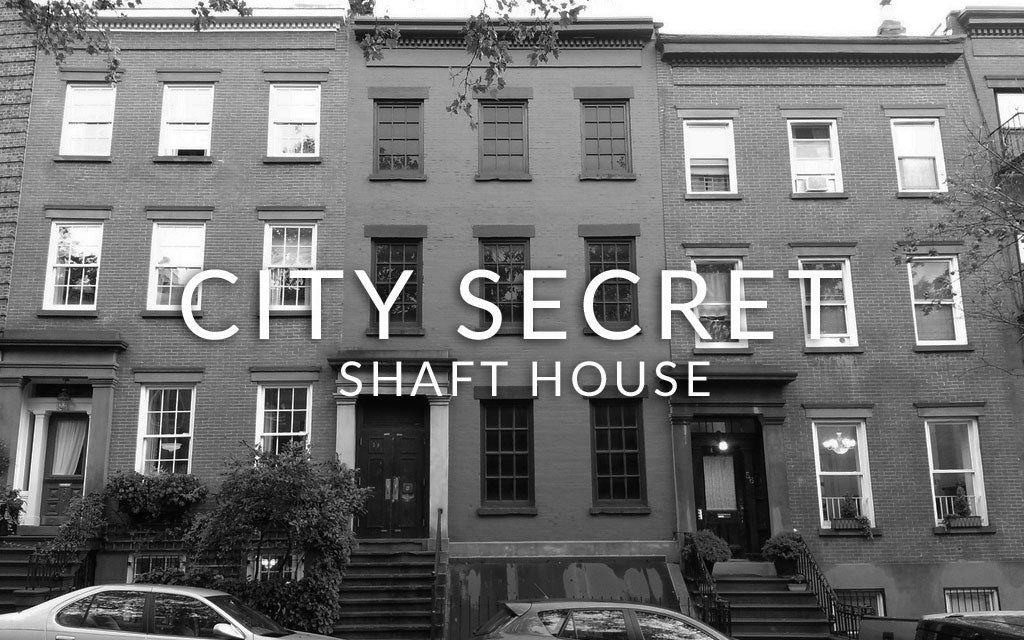
History Lesson : Emily Roebling
Our Roebling frame takes it name after a story of a brave woman behind the making of the Brooklyn Bridge. Emily Roebling, the first woman field engineer that saw out the completion the iconic architecture stands as a reminder of her determination to contribute and succeed.
Emily was born in 1843 to a large family in Cold Spring, New York. Especially close to one of her brothers growing up, she had a passion for learning. When she was fifteen, she enrolled herself in the Georgetown Visitation Covenant to seek further studies in a range of subjects from history to mathematics.
It was during the American Civil War that young Emily met her future husband Washington Roebling, the son of Brooklyn Bridge designer John A. Roebling, who was a colonel serving under her brother.

In 1869, Washington and Emily moved to New York to help his father on the new and longest suspension bridge that was to connect the growing cities of New York and Brooklyn. As John began on the grand design, the newlywed couple went to Europe to study the use of caissons for the bridge.
On their return to America, the couple was greeted with a turn of fate; Washington's father died of tetanus, and Washington immediately took charge of the construction. As he immersed himself in the project, Washington developed decompression sickness that affected him so badly that he became bedridden.
For the next fourteen years, it was Emily’s leadership and dedication that saw out the completion of the historic project. She took over much of the chief engineer's duties, including day-to-day supervision and project management. In addition to relaying updates between the chief engineer and the workers, she also studied technical information on things like stress analysis and cable instruction.
Historian David McCullough writes in The Great Bridge:
“How many ruffled feathers she smoothed, how many times she sat patiently listening first to one side of an argument, then another, how many tactful words of caution she offered before they entered [Washington’s] sickroom, how frequently she herself directed with [officials and trustees] is not indicated in the record. But the impression is that she was very busy indeed as just such tasks. Roebling would describe her role as ‘invaluable.’”

At its grand opening in 1893, Emily was honored in a speech by Mayor Abram Stevens Hewitt who said the bridge was “an everlasting monument to the sacrificing devotion of a woman and of her capacity for that higher education from which she has been too long disbarred.”
Despite never given an official title, Emily became the first person to cross the Brooklyn Bridge.
In the following years, Emily invested her time in several women's causes including Committee on Statistics of the New Jersey Board of Lady Managers for the World's Columbian Exposition and Daughters of the American Revolution.
She is also known for her influential essay, "A Wife's Disabilities," in which she argued for greater women's rights and railed against discriminatory practices targeted at women.
She traveled widely—in 1896 she was presented to Queen Victoria, and she was in Russia for the coronation of Tsar Nicholas II. She also continued her education and received a law degree from New York University. She died in 1903.
More than a century later, the Brooklyn Bridge remains one of the most beautiful and majestic structures of New York. Moreover, Emily’s battles and accomplishments are still very relevant for the world today.
Words: Aiko Austin
Resources:
http://womenyoushouldknow.net/wp-content/uploads/2014/01/Brooklyn-Bridge-Web.jpg











